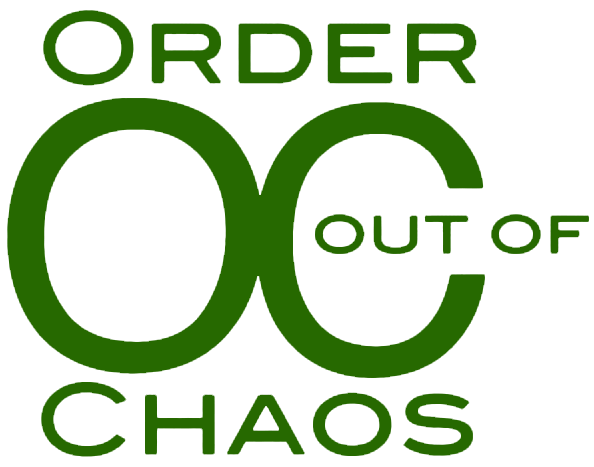Q: My Family Thinks I Hoard Because I Collect Stuff. I Disagree.
If you have a huge collection of items but are proud of them, celebrate them, have room for them, and display them, then it is not hoarding.
This Dear ADHD Family Coach® column was originally written for ADDitude Magazine.
Q: “My family thinks I have hoarding tendencies, but I disagree. I like to collect sentimental or meaningful things, but I’m not like the people you see on TV. My items are displayed, and you can walk into rooms. My family wants me to get rid of my stuff. I’m so confused. Are they right? Do I hoard if I collect stuff?” — PinkItThought
Hi PinkItThought:
Stuff. Clutter. Keepsakes. Collections. Hoarding. It’s hard to understand the differences. I’m hoping my perspective helps to shed some light.
Last summer, I attended the wedding of a dear friend’s son. At the rehearsal dinner, the mother of the groom made a beautiful and heartfelt speech about her son’s sentimentality. At the end, she presented the bride with a perfectly preserved stuffed animal from his childhood — his “Bun Bun.” Naturally, everyone’s reaction was how wonderful she had kept it all these years. And hers? She looked at me and claimed with a half-smile, “I know, I know. But I’m not a hoarder!”
Now I know my friend is not someone who hoards. I’ve been inside her home countless times. This was not the first-time someone felt the need to defend their attachment, sentimentality, or desire to hold on to precious keepsakes to me. Plenty of my initial conversations with prospective adult coaching clients with ADHD begin with that declaration. Most are surprised to find out that my home is filled with photos, collections, travel mementos, and keepsakes from my childhood.
You see, it is truly okay for those of us who are uber organized to have stuff — even lots of it. Heck, it’s even okay to have an attachment to your stuff. I know I do. But the key point here is your stuff needs to matter to you. Things do matter. It’s what we live with and touch each day. Our stuff represents our past experiences, special snapshots of our lives, and even our loved ones.
[READ: Q: How Can I Help a Hoarder?]
So much has been said about what hoarding is; let me tell you what it isn’t. Hoarding is not the collection of antique tea pots artfully displayed in your kitchen. It’s not the boxes of yearbooks or photos from high school that you take out once a year to trip down memory lane. It’s not even the stack of travel magazines you leave by the door and grab on the way to an appointment. Hoarding is not special items you display, actively use, or that give you extreme pleasure — items you visit with again and again like an old friend.
The best way I heard hoarding described was that “hoarding is not defined by the number of possessions you have, but by how the acquisition and management of those possessions affects the owner.” In other words, if you have a huge collection of items but are proud of them, celebrate them, have room for them, and display them, then it is not hoarding.
[ READ: Q: How Can I Help a Sister Who Hoards and Resists New Ideas and Methods?]
I always ask my clients to name their “10s” – the non-negotiables items that they can’t bear to let go. Here’s the catch: Not everything can be a 10. If everything is a 10, then nothing is a 10. And that is the true definition of someone who hoards. They assign the same level of significance to everything — whether it is an old grocery store receipt or their marriage certificate — and can’t differentiate its level of importance.
So, how do you know what is a 10? Go through your home and ask yourself, “Does this matter?” Is what I really need the same as what I really want?
Whether you have a childhood stuffed animal that you can’t part with or a treasured collection of travel mementos, don’t apologize for it. Honor it. Celebrate it. Treasure it. Trust me — my daughter’s “Becca Bunny” is waiting her turn.
Stay Up-to-date With
“Dear ADHD Family Coach®”
Subscribe now and get A’s to your Q’s delivered directly to your inbox every Tuesday.
OUR MISSION
Order Out of Chaos’ mission is to provide hands-on education, guidance, and coaching to parents and their students through our customized products and programs, so all children – both mainstream and with learning difficulties – can develop the necessary skills needed to experience success in learning and in life.





